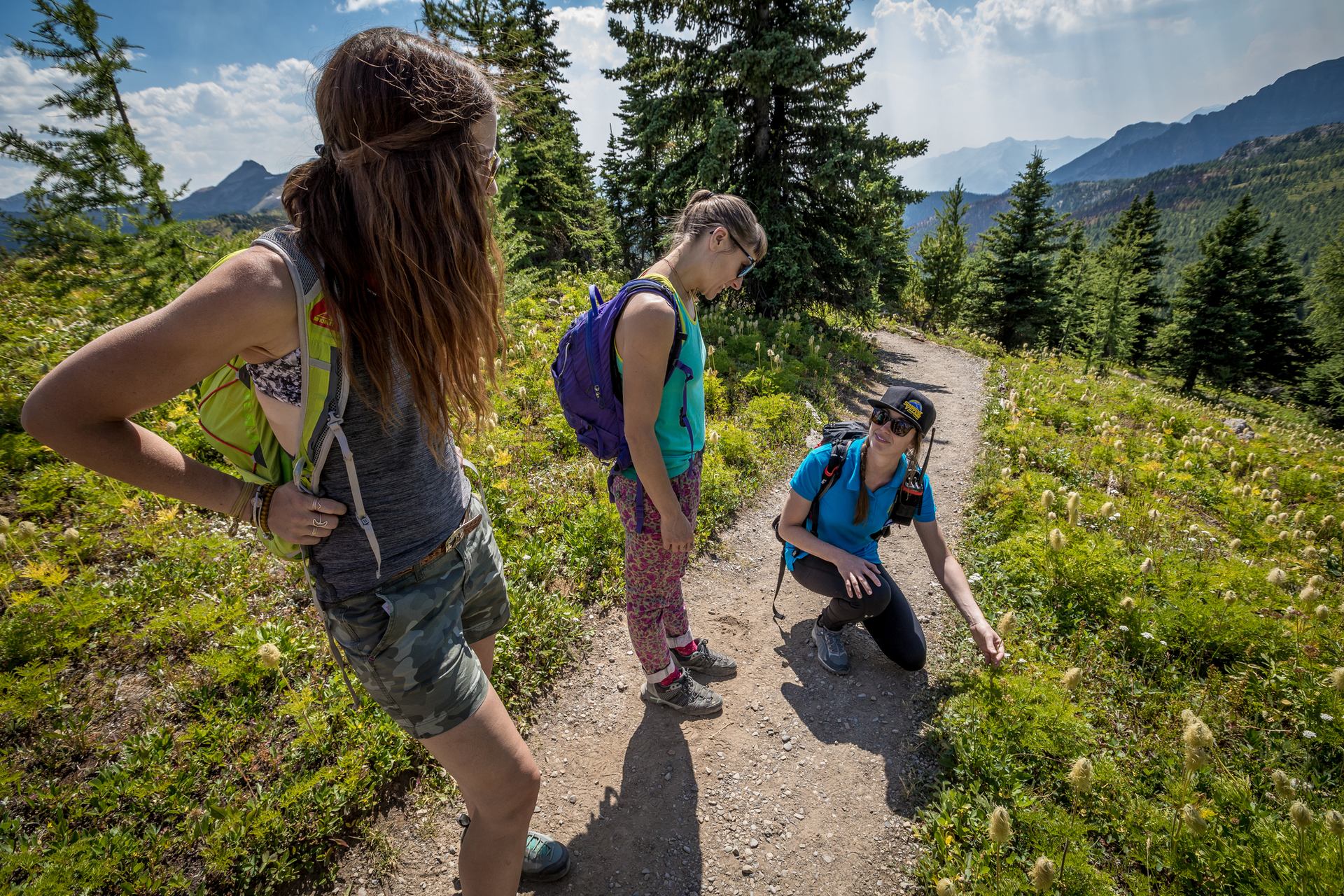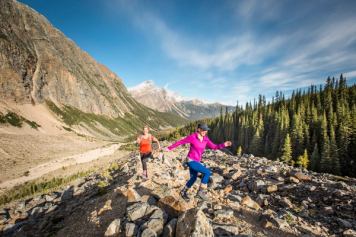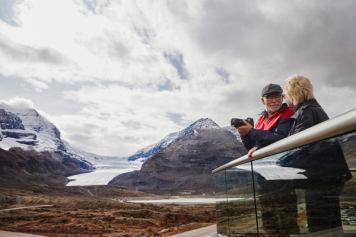Fresh air in your lungs, sweeping views all around: the Canadian Rockies offer some of the best hiking in the world, with trails of all lengths and levels of difficulty to choose from. Beyond the gear on your back, all you need is your two feet to take you into enchanted river valleys and majestic landscapes.
The logistics of mountain hiking can feel overwhelming if it’s your first time heading out. Here are some tips to help you plan your first hike in the Rockies.
Bottom line: You’ve got this.
Best times to hike
Prime hiking season in the Rockies begins in late spring at lower elevations and comes into full swing from mid-June until October. Check trail conditions in advance as late or early snow can affect the timeline.
Temperatures in the Rockies get hottest mid to late afternoon. Starting early will give you those glorious morning hours of cooler hiking, help you snag parking at popular trailheads and give you more time to enjoy the hike, no matter the distance. Fortunately, summer days are long, which gives you plenty of daylight to work with. Who knows, you may even fit in more than one hike per day.








